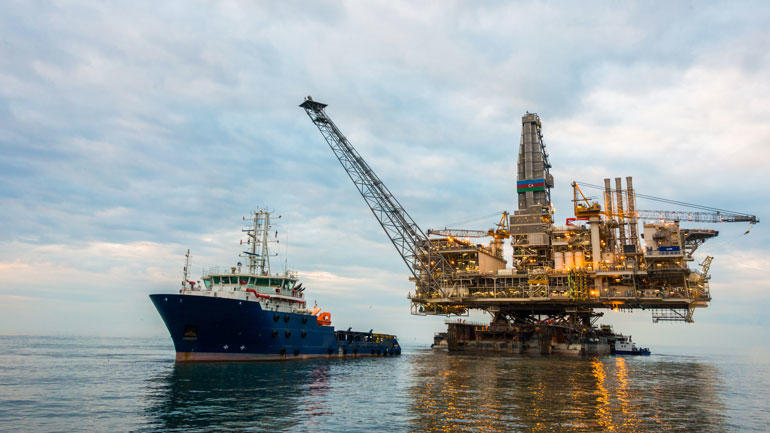Affordable and clean energy for everyone, and actions for an improved climate, are two of United Nations Sustainable Development Goals. Any realistic energy solution must combine the entire portfolio of possible energy sources with a gradual transition from the current fossil based economy to a fully sustainable energy economy.
To improve the climate in this transition, energy efficiency in oil production must be maximized together with profit.
New methods for oil production
The project aims at developing new methods, algorithms, and tools for oil production with maximized profit and minimum energy consumption under uncertain information. Uncertainties relate to (i) unknown future prices/cost, (ii) uncertainties in operational allocation, and (iii) uncertain knowledge of reservoir and equipment.
The project aims at pushing the knowledge front describing profit and energy consumption and how it varies with operational parameters and uncertainty. By combining these cost functions with developed tools of physics models of oil-fields both on short term (minutes-hours) and long term (years), this leads to quantitative short term and long term models which are suitable for developing and testing control algorithms.
Large scale algorithms
To maximize short term profit, large scale algorithms for coordinating control for multiple wells under uncertainty will be developed and tested in the modelling tool, while adaptivity of the control algorithms will be tested on the long term models. Feedback control reduces the detrimental effect of uncertainty, and data reconciliation algorithms will be developed to maximize the information content.
Because the control architecture determines attainable feedback performance, methods will be developed to select actuators and sensors in new fields. New, hybrid methods combining data driven methods with physics models will help reduce the limitations of physics models for poorly understood, new fields.
